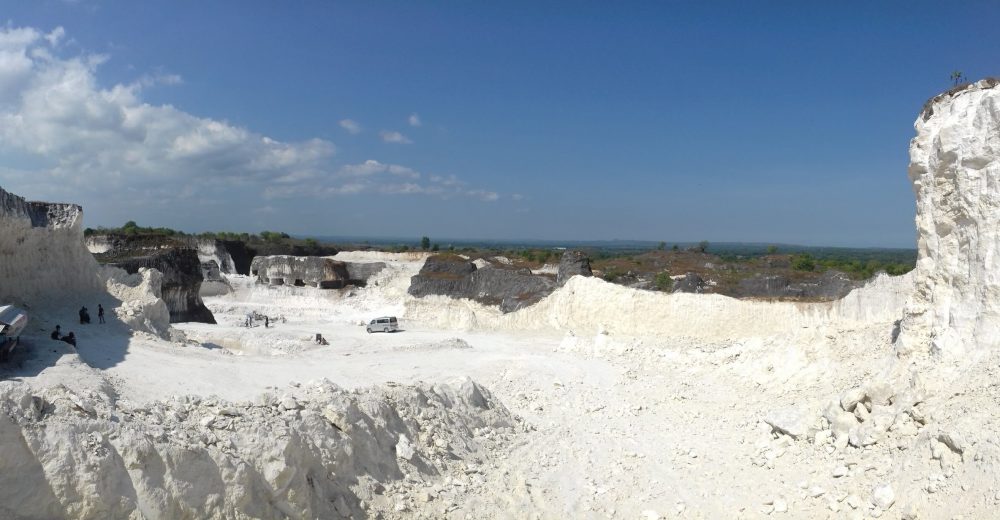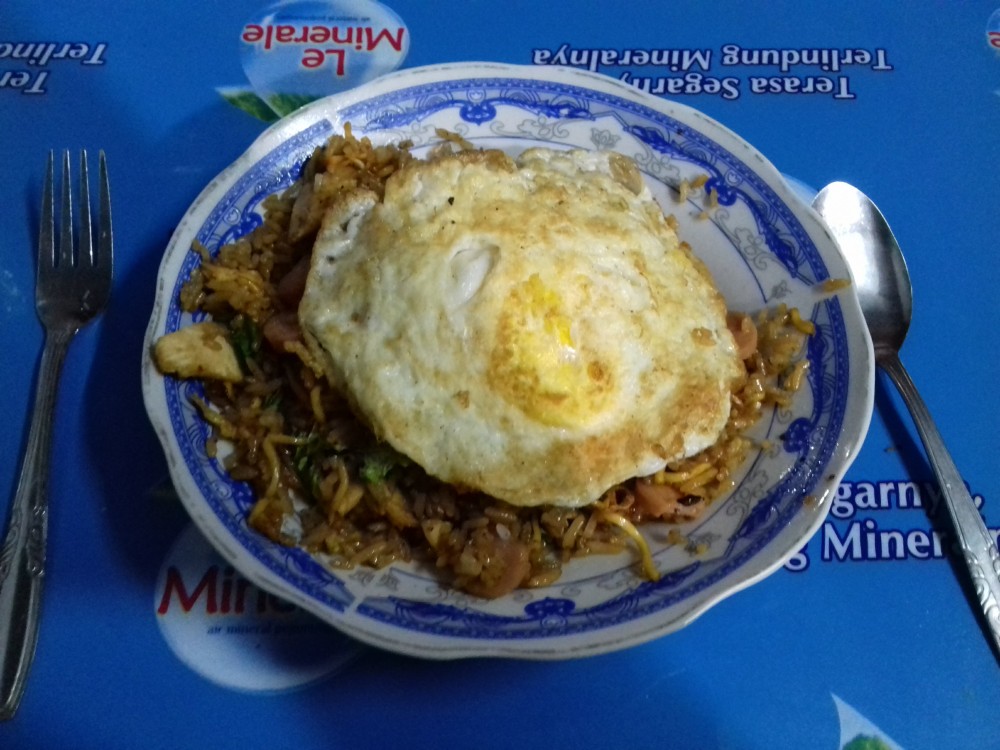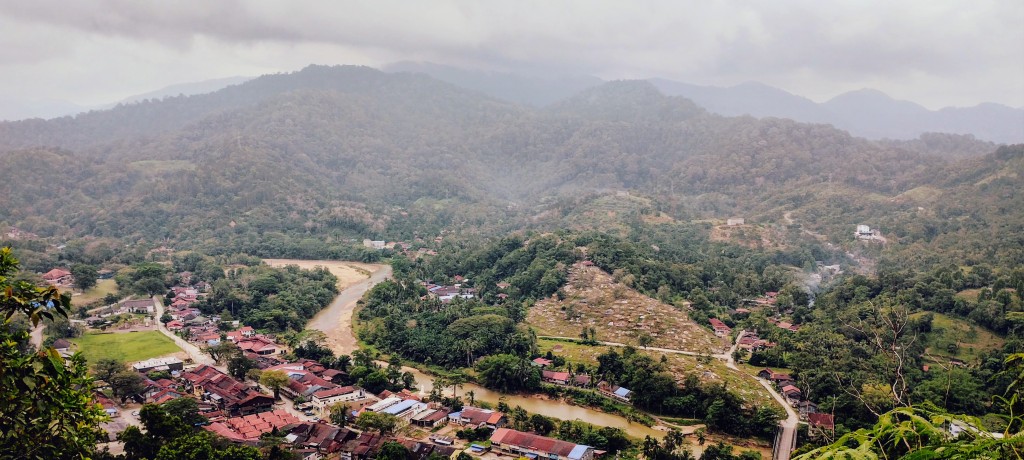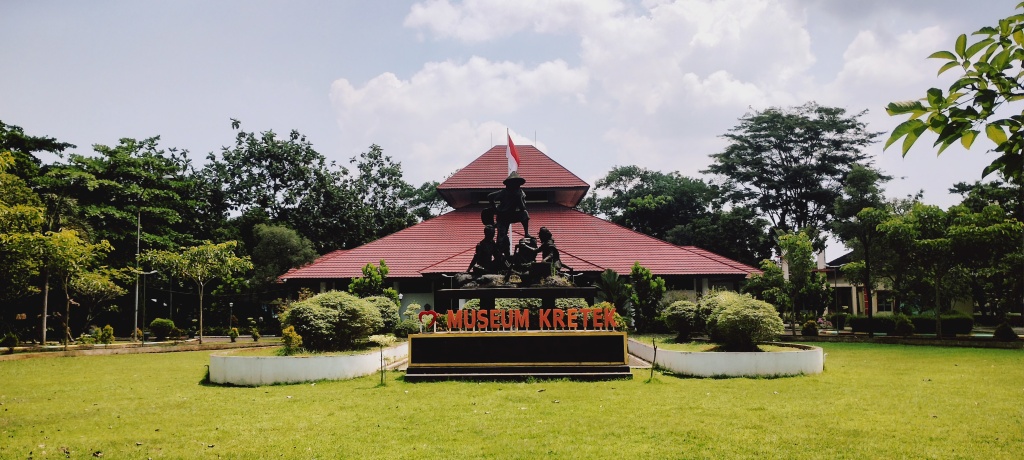Welcome to Madura
Even in a country as complex as Indonesia, Pulau Madura remains shrouded in mystery.
By rights, the island should be a highlight of any trip through the region. It has an ideal location, perched off the east coast of Java and a stone’s throw away from Bali. Madura’s history, scenery and culture are some of the most distinct in the region.
And yet, this rugged island remains so far off the beaten track that many visitors to Indonesia are unaware of its existence.
However, therein lies Madura’s charm. With the lack of crowds comes the room to breathe. Certainly, those who make the effort will encounter sleepy towns, raging bulls, gloriously beautiful mosques, vibrant festivals and an independent streak as intense as anywhere in Indonesia.
Why go
Madura exists in its unique little sphere, a corner of Indonesia unbound to the prism of tourism. Although the island is only an hour or so from Surabaya thanks to the Jembatan Suramadu – the bridge itself is a now-iconic Javan image and the longest such structure in the region – this accessibility does not translate into simplicity.

English is not widely spoken, public transport is cramped and there is not much tourist infrastructure. The overriding mood is one of blunt honesty and few concessions are made to visitors. As a predominately Islamic island, alcohol is not widely available on Madura.
All of which goes to make Madura such an endearing and adventurous destination. Each visit feels like a trip into the unknown. A cramped bus ride introduces colourful characters into the traveller’s orbit, strangers warmly welcome passers-by and vibrant festivals showcase the island’s storied history. Locals greet tourists – a rare species – with arms wide open and just a touch of incredulity.
What do
The beauty of Madura lies in its remoteness away from the distractions of mass tourism so prevalent on Bali and, increasingly, Lombok. Such tendrils have yet to pierce the north-east corner of Java, but with rumours abound of direct flights between Bali and Sumenep arriving in 2023, one wonders how long this relative obscurity will last. Happily, the Madurese are glad to help newcomers, meaning any decompression one may experience is fleeting, and it’s also easy to organise trips and transport.
As a general rule, Madurese towns and villages are picturesque and reward exploration on foot. A peaceful jalan jalan will reveal sights, sounds, smells and characters not immediately apparent upon first arrival.
For many, the first major stop from Surabaya in Bangkalan, a town worthy of a night or two’s stay. Many head here for the bull racing and the town is home to the colourful Gelora Bangkalan Stadion (Jl. Raya Teuku Umar, below), where Madura United FC play most of their home games and enjoy a raucous support, even as they labour to respectable upper-mid table finishes in Liga 1.

But of course, Bangkalan is but one town, and the first port of call for newcomers, who find an entire new island with a culture and heritage as diverse and illuminating as any in Indonesia.
For anyone with transport, the salt mines of Bukit Jaddih (5,000R entrance fee), pictured, are worth the 25-minute journey from Bangkalan central. The beautiful white limestone cliffs combine with the views afforded by the hill’s peaks to make for one of Madura’s most stirring sights where, on a sunny day, visibility can extend for miles in all directions.

And thus, the visitor’s attention is attracted further across the island, where different sights, some hidden and some very much visible, await exploration.
Heading further central, Pamekesan is home to Monumen Arek Lancor, pictured, perhaps the island’s most enduring image. Standing proud in the city’s alun (square), the monument writhes in an attitude of prayer and devotion, as though inspired by the ornate Masjid Agung Asy-Syuhada behind it. Coupled with rousing Uldaul festivities – comprising floats, costumes, music and traditional songs – the town offers a kinetic, rousing celebration of Madurese culture.

It would be remiss to suggest that Madura is a premium destination for the beachcomber. Whilst the island offers innumerable fascinations, its coastlines lack any conventional attraction and would most likely leave connoisseurs of such places compiling a mental checklist of other places they prefer. A re-calibration might be in order in these instances, perhaps accompanied by downgraded expectations of what can be found.
That’s not to say Madurese beaches should be avoided. Located about 12km to Pamekasan’s south-east, Jumiang Beach, below, is a popular hang-out spot. The myriad cafes and warungs make for a congenial atmosphere and as the nearby salt ponds stretch into the distance and a fleet of fishing boats cut a swathe through the brine, the impression is one of homely and wholesome enjoyment, rather than the hollowed-out fruit cocktails and world-renowned beach clubs of neighbouring Bali.

Bali, it should be said, is one of the world’s most attractive destinations for holidaymakers. And this is justifiable for reasons no reader will need explaining; it’s also why Bali is worth avoiding, if only to escape the crowds. Consider instead remaining on Madura and heading further east to see what resides there.
Sedate Sumenep, for instance, which is Madura’s eastern-most regency and one of Java’s most charming destinations. The calm pace of life, open streets and rugged surroundings give it a distinctly Mediterranean feel. It’s easy to spend an enjoyable couple of days soaking up the serene atmosphere. Since Madura is home to some of Indonesia’s most unique Batik designs, there’s good reason to go shopping here. Well-made, sturdy shirts cost as little as 50,000R and while the material itself can be pricey – in some cases over 900,000R a roll – the quality is excellent. Toko Apollo Batik Madura on Jl. Raya Sumenep is a good place to start but be sure to shop around. Most stores offer high-quality goods at competitive prices.

Sumenep is easily explorable on foot. A leisurely walk from the Masjid Jamik Sumenep, above – Madura’s most iconic mosque – to and fro the Royal Tombs (Makam Raja Sumenep Asta Tinggi, below) should take no more than a few hours. Factor in a stop at the Stadion Karapan Sapi, home of the annual bull races, for a complete sweep of the town’s landmarks.

What expect
A common perception of Madura is one of stubbornness, coarseness and fiery tempers. A temperament to match the island’s arid climate. Historically it has had an uneasy relationship with Java, and tensions remain evident on either side of the Suramadu Bridge.
Whilst visitors will most likely not experience this enmity they should notice a stark contrast nevertheless. Colourful batik clothing is everywhere and many women are resplendent in vibrant sarongs and kelambi (blouses). Although Bahasa Indonesia is spoken widely, Madurese is the lingua franca and serves as the gateway into a unique culture of which the indigenous population is rightly proud. Picturesque mosques dot the landscape and colourful street art adorns many nooks and crannies.

In short, stepping onto Madura is akin to stepping through a portal to some alternate dimension which is not quite Indonesia. The island’s self-contained, brusque nature manifests itself in an extremely friendly welcome. There is not much in the way of shyness: An impromptu chat on a bus, an invitation for coffee or the offer of a bike ride will make strangers feel at home. It may well be tinged with curiosity – not many people visit Madura, after all – but never intrusive.

Where stay
Accommodation tends to be at the pricier end of the budget spectrum. Although prices are liable to change they are correct at the time of writing.
- In Bangkalan, Hotel Ningrat (Jl. KH Mohamad Kholil) is the only choice to speak of. Expect to pay 310,000IDR for an en-suite room. It’s a 5km, 20,000R angkot ride from the bus drop-off point at Tangkel. Call +62 31 3095388.
- Sumenep has slightly more choice. Hotel Utami Sumekar (Jl. Trunojoyo) is a good central option, with ensuite rooms from 160,000IDR including breakfast. It’s a 45-minute walk from Terminal Bus Antar on the town’s outskirts or a 20-minute ride on a becak rickshaw. Call +62 328 672221.
- Visitors to Pamekasan should try Ramayan Hotel (Jl. Niaga). Ensuite rooms cost 210,000R and there are plentiful food stalls and sights within easy walking distance. Call +62 324 324575.
- Pick of the bunch in Sampang is Hotel Trunjoyo (Jl. Rajawali). With ensuites from 150,000R, the hotel is a five-minute minute walk from Bus Terminal Sampang.
Where/what eat
For a tasty regional speciality, try rujak, a salad dish mixing vegetables with peanut sauces, cassava chips and subtle spices. Find it at roadside stalls and watch it made from scratch using the traditional flat cobek.
There are many warungs dotted around the football stadium in Bangkalan, with a bowl of mie goreng, above, typically costing 20,000R. The setting is typical of food markets the world over and, for the first-timer at least, is perhaps best experienced by picking an eatery that hold the most superficial appeal–the colour of the stools or the smell or cleanliness, say–and seeing what’s what. As is the way with such things, patrons will eventually find their favourite spots and thus, is a bond forged ‘twixt diner and stallholder.

Those familiar with Indonesia will know full-well the effortless talent that goes into food preparation and the ease with which even the simplest meal can provide glimpses of the divine.
In Sumenep Pondok Salero (Jl. Tunojoyo), pictured, offers fine, cheap Padang-style food while the stalls down Jn. Sedulang deliver piping hot sate with peanut sauce for 15,000R. Those looking for bakso should visit Warung Galipat on Jl. KH Wahid Hasyim. Amble down bustling Jl. Niaga in Pamekasan for street eats, cafes and wandering minstrels with guitars. Some tasty offerings in Sampang can be found opposite the general hospital on Jl. Rajawali.

(Bahasa Editor: If you want a takeaway, use the word ‘bungkus’. For example, to ask for fried rice to go you could say, ‘Tolong, saya ingin nasi goreng bungkus’. Don’t forget, the Bahasa word for food is ‘makanan’ and drink is ‘minuman’.)

Getting around
While travelling around Madura is simple in theory, in practice it can be trying. There are regular buses but oftentimes they are cramped and sweaty; our researcher spent one journey jammed in the stairwell trying to avoid a sea of vomit on the floor.
Don’t be put off, though. While it can be daunting it’s also a communal scene – fellow passengers will always strike up a conversation and there are plenty of smiles going around. As with everywhere else, a few Bahasa phrases go a long way.
Take the following as a (very) rough guide for bus travel:
- Damri bus from Surabaya airport to Terminal Purabaya/Bungurasih (Surabaya): 25,000R, 30 minutes
- Terminal Purabaya/Bungurasih (Surabaya) to Bangkalan (Tangkel stop): 40,000R, two-three hours
- Bangkalan to Sumenep (Terminal Arya Wirajaya): 40,000R, up to eight hours. The traffic outside Bangkalan at weekends or on market days can be heavy
- Sumenep to Pamekasan (Terminal Ronggosukowati, pictured): 15,000R, one hour
- Pamekasan to Sampang (Terminal Sampang): 15,000R, one hour
- Sampang to Surabaya (Terminal Terminal Purabaya/Bungurasih : 40,000R, four hours
Additionally, there’s also an overnight bus from Bangkalan Terminal Bangkalan Ceria to Jakarta.
In terms of getting around, the ubiquitous ojek motorcycle taxis are everywhere. So too are becaks, pictured, the cycle rickshaws offering a calmer alternative compared to their noisier bike cousins. The Grab or Gojek apps work on Madura, although it’s probably best not to rely too heavily on them – but that’s not an issue, because it’s simple enough to organise transport through guest houses and so forth.

Useful things to know
Language(s): Madurese, Bahasa Indonesia; Basic English understood and spoken
International dialling code: +62
Time: GMT+7
Money: Indonesian rupiah (IDR), currently around 18,360IDR to UK£1. Banks and ATMs can be found in the main towns.
Madurese language primer
Although Bahasa is widely spoken across Madura it would be useful to have a few indigenous words handy. Deploying a smattering of Madurese will imbue the visitor with further credibility and can provoke excited reactions: our researcher almost made somebody explore with excitement simply by saying ‘thank you’.
Whilst this is by no means a comprehensive list, if you want to know the Madurese for ‘bald’ look no further:
Thank you – Sakalangkong
No problem – Depadeh (artinya)
Excuse me (seeking help) – Ta’ langkong/takalong (similar to ‘permisi’ in Bahasa)
Please (greeting) – Tore lenggi
I want… – Kaule terro
Ask – Atanya ah
Where is… – Edimah…
Assassination Classroom – Kelas ghebei mate e oreng*
Bald – Bhutak
Tall – Tengghi
*No, us neither
(Transparent Editor: This is a compendium of our previously published Madura guides. Parts one, two and three are available in bite-sized chunks. We’re still trying to work out why part two is by far the most popular section.)









Leave a comment